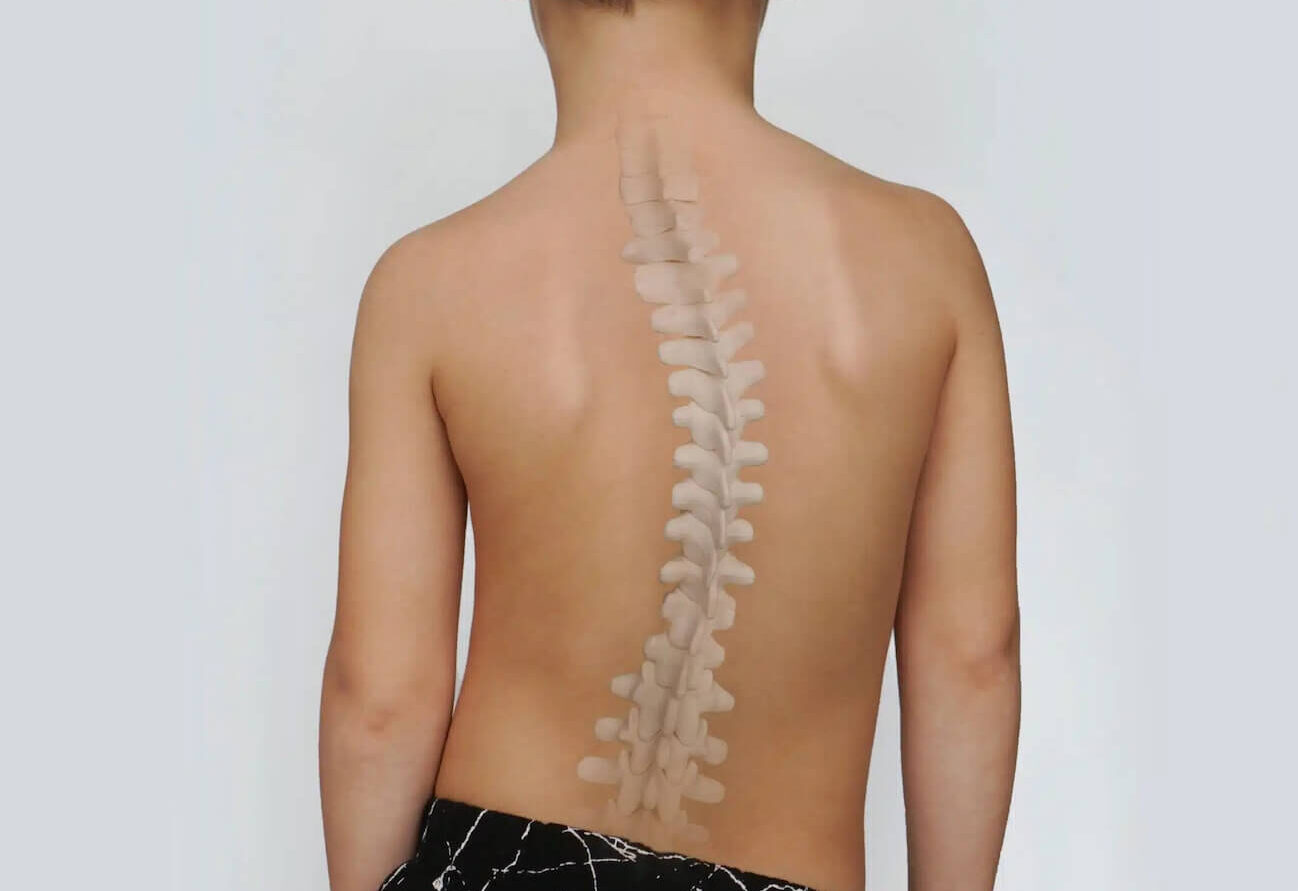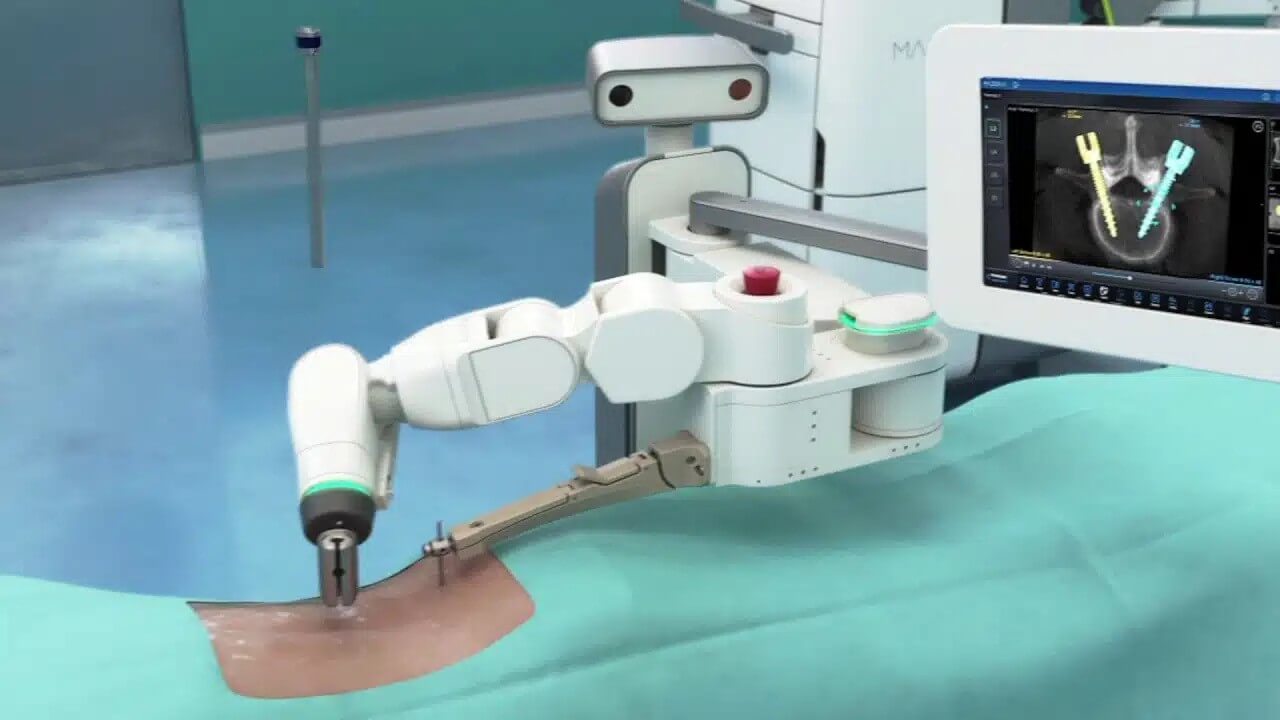- About Us
- Procedures
- Conditions Treated
- Patient Resources
- Blog
- Contact Us

Causes of neck pain are often grouped into broad categories such as:
A traumatic cause of neck pain can be the result of an injury. Some injuries are minor and can resolve spontaneously while others may require medical attention and can have a prolonged recovery.
Degenerative causes of neck pain refer to wear and tear on the spine. This is often age related, or due to overuse and repetitive injury. Chronic neck pain is often caused by degenerative changes.
There are other causes of neck pain that are neither due to injury or degenerative changes in the spine.
An evaluation by a medical professional is highly recommended to ensure a proper diagnosis.
Pain can be isolated to the neck or can cause additional symptoms if nerves or other structures are compressed or damaged. Symptoms commonly experienced include:
A proper diagnosis should be made by a medical professional. Often the diagnosis can be made clinically, meaning based on a detailed interview and physical examination. However, sometimes more studies are needed based on the assessment, or if symptoms do not improve after initial visits.
Imaging studies such as x-ray, CT scan, and MRI, are commonly used to help make a diagnosis. Each visualizes different parts of the body and has its own strengths and weaknesses.

A more comprehensive discussion of the various treatment options can be found in the “treatments” section.





